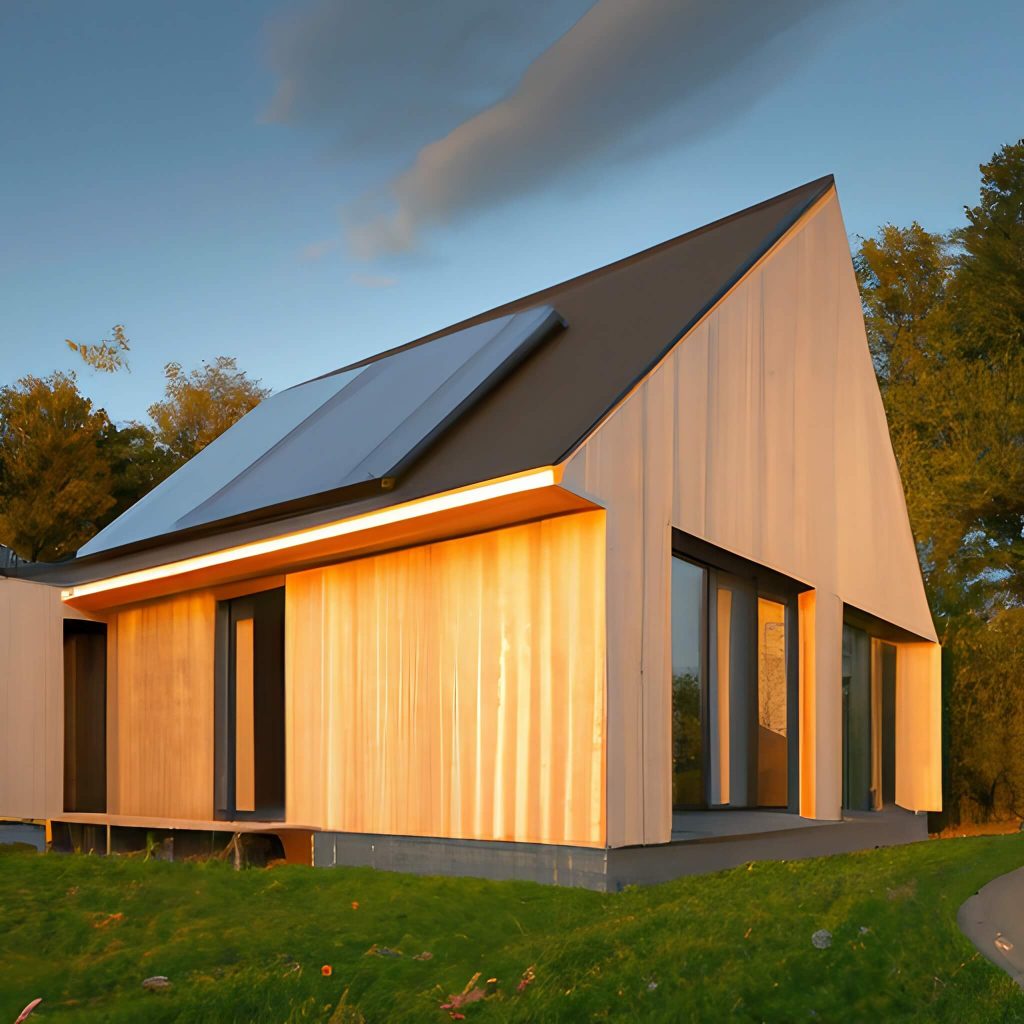Creating Zero-Carbon Homes: The Benefits and Challenges 2023
Most of us want homes that are energy-efficient and comfortable, but what if we told you homes could be carbon-neutral, too? That’s right. While most of us associate carbon emissions with vehicles or plants, they’re also an unseen climate change, buildings account for around 28 per cent of the UK’s greenhouse gas emissions.
If you’re building a new home or remodelling an existing one, there are many things you can do to create a zero-carbon home. Keep reading to find out what these things are and how governments can support their creation. You will also get a comprehensive understanding of zero-carbon homes and how they work to reduce carbon emissions.
Uk is one the first countries to put a legally binding target in place to achieve net zero carbon emissions by 2050. In order to reach this target, UK organizations need to share best practices and learn from each other. One way of doing this is through the Net Zero Carbon Toolkit, which is openly available for anyone to use.
Challenges of creating zero-carbon homes
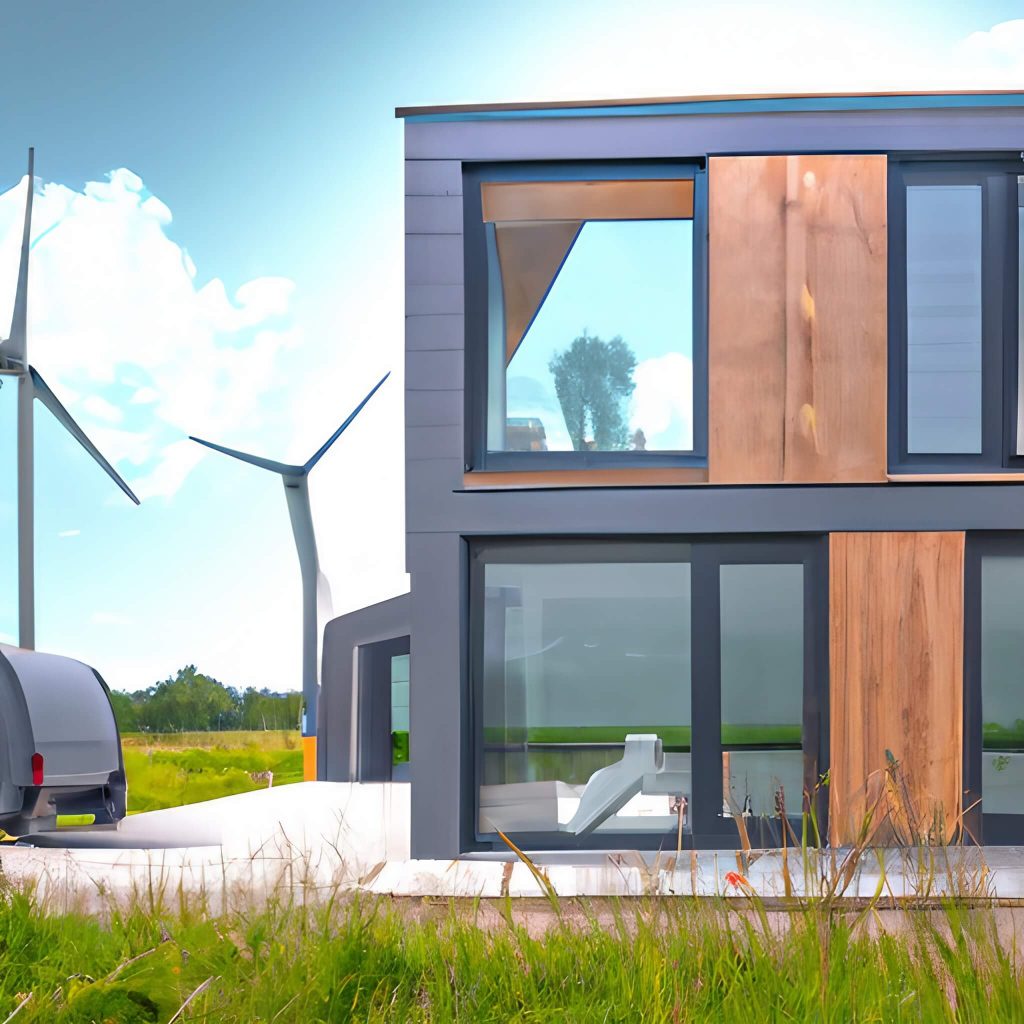
Installing solar panels, wind turbines, and other energy-efficient options into a home can drastically reduce carbon emissions and become a smart investment for homeowners. However, zero-carbon homes require more expensive materials and construction techniques than traditional homes. As a result, the upfront cost of zero-carbon homes is often higher than conventional models. Plus, the ongoing cost of maintaining zero-carbon homes is also higher compared to standard models due to the additional energy efficiency costs.
Passivhaus homes are designed to be extremely energy efficient and require little to no heating or cooling, thanks to their tight construction and high-performance windows. As a result, they can slash energy bills and carbon emissions.
The government has announced that from June 2022, all new homes in England will be required to meet stricter ventilation standards to help prevent the spread of airborne viruses and improve the safety of residents. The changes follow a public consultation and will come into effect in June 2022.
A zero-carbon home is a home that has no net carbon emissions. These homes are built with energy-efficient materials and space heating and cooling technologies such as solar panels. In order to achieve zero carbon status, a home will need an efficient mechanical ventilation system.
Additionally, zero-carbon homes may not be suitable for everyone. Some advanced technologies used in zero-carbon homes may be difficult for elderly or disabled people to use. Building codes and regulations must be taken into account when constructing a zero-carbon home.
What are the most effective ways to reduce carbon emissions in a home?
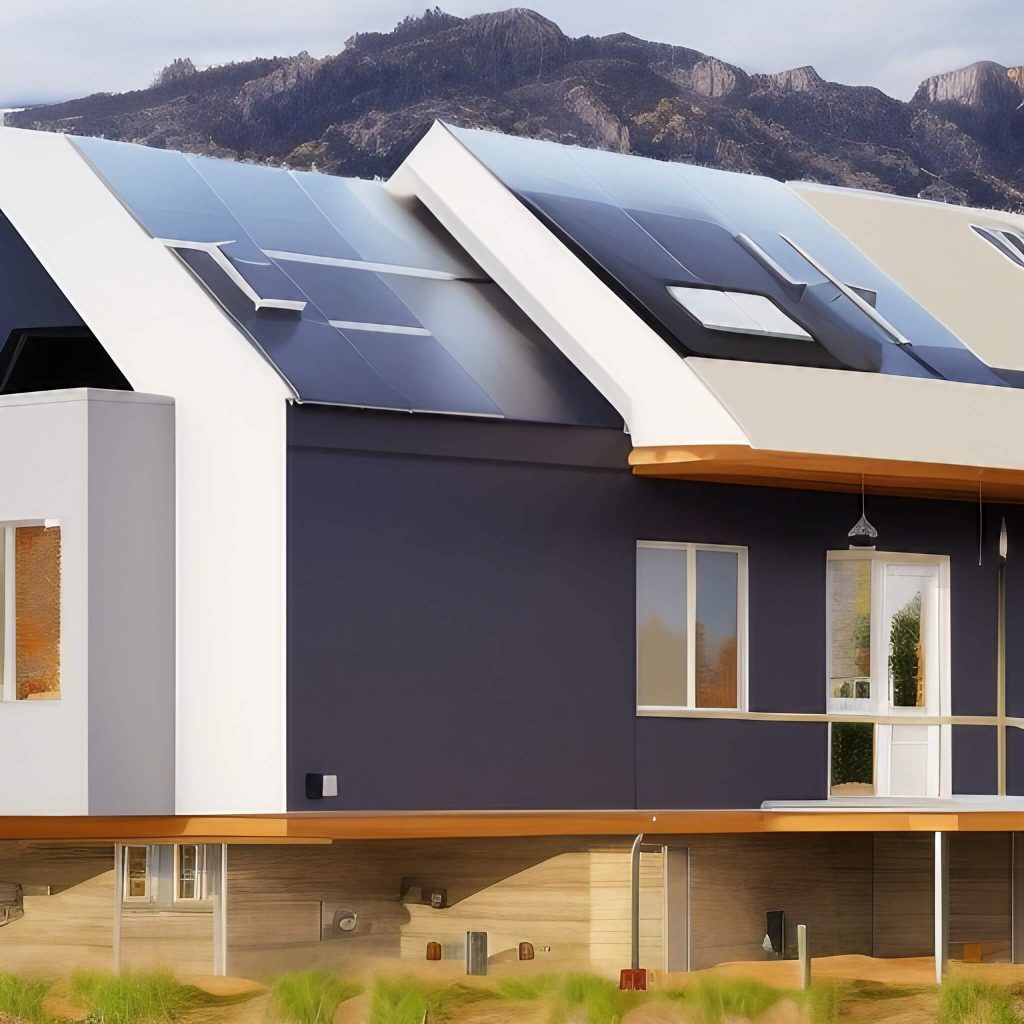
- Use energy-efficient appliances and lighting, including solar panels or wind turbines.
- Insulate homes, buildings, and water systems using energy-efficient insulation materials and building practices.
- Install energy-efficient plumbing fixtures, water heaters, air conditioners, and solar panels to reduce water use.
- Utilize renewable energy sources such as solar, wind, or geothermal power.
- Reduce carbon emissions by conserving energy and building with sustainable materials.
By taking these steps you can reduce carbon emissions in your home and help climate change be less prevalent.
How can governments support the creation of zero-carbon homes?
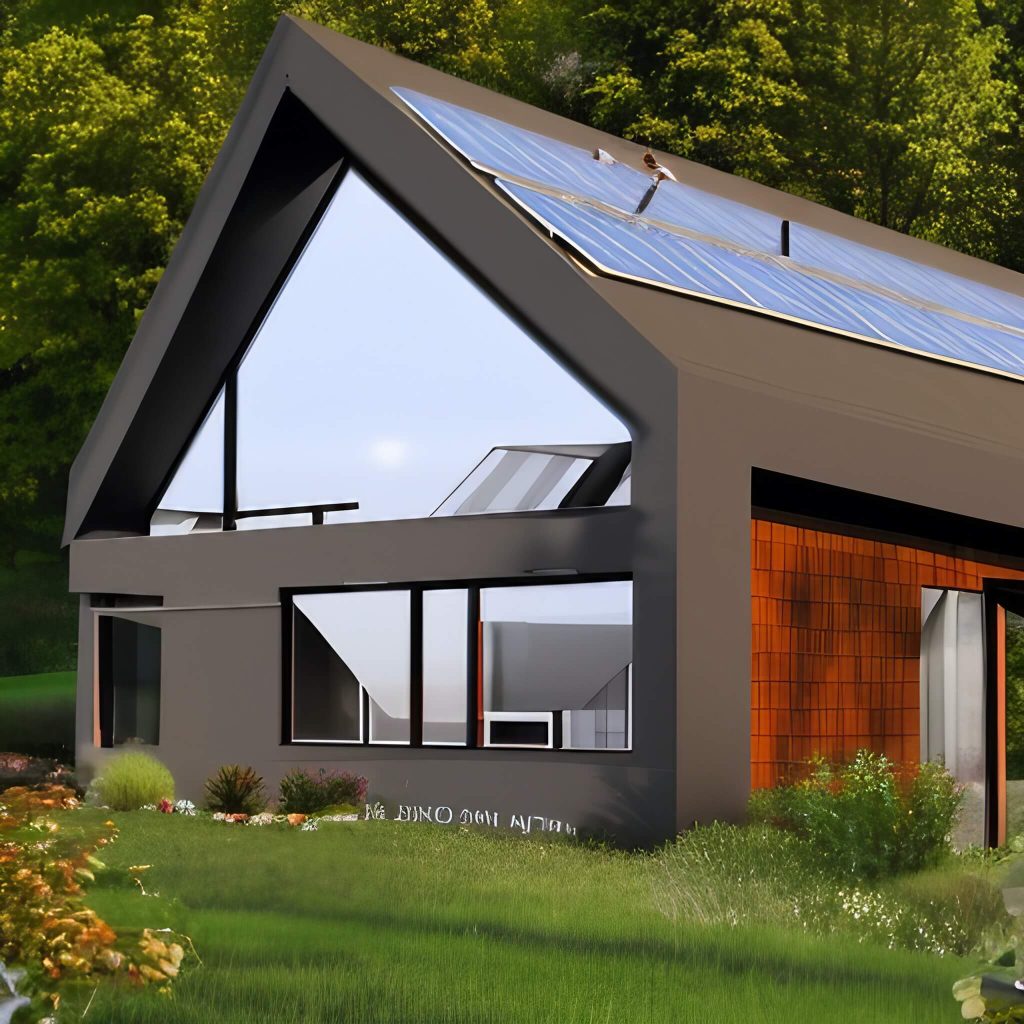
- Adopt energy-efficient building codes and regulations.
- Create incentives for investing in green technologies and materials.
- Invest in renewable energy sources such as solar and wind power.
- Educate the public on the importance of zero-carbon homes and green practices.
These steps can help increase the number of zero-carbon homes across the globe. The government can also play a vital role by providing financial support to zero-carbon homes. By doing so, it can further promote green living among its citizens. Also, public awareness campaigns can help create a climate change consciousness among the public.
What is a zero-carbon home?
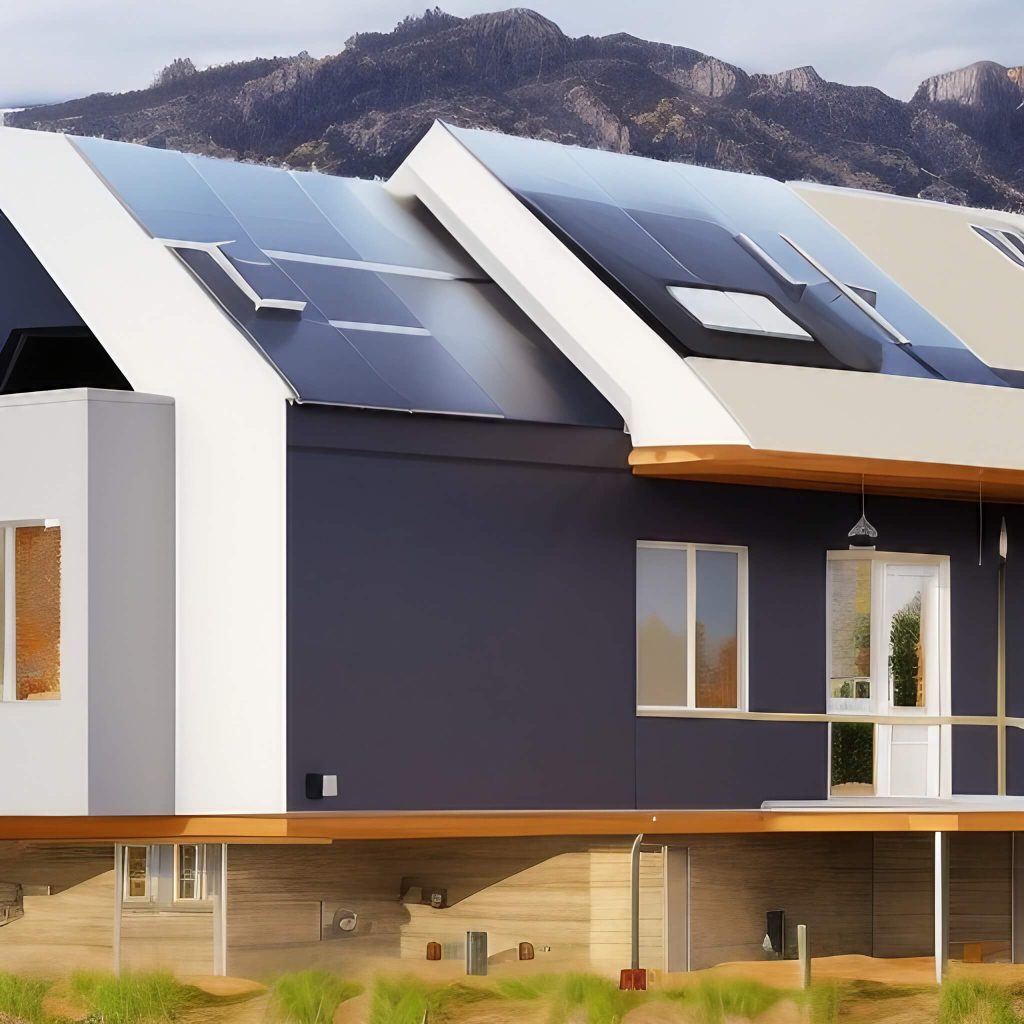
- A zero-carbon home is a home that is designed and built to generate as little carbon footprint as possible. This means the home is energy efficient, uses renewable energy sources, and minimizes greenhouse gas emissions.
- The environmental benefits of creating zero-carbon homes include reducing carbon emissions, minimizing energy consumption, and protecting the climate.
- However, creating zero-carbon homes isn’t without its challenges. It requires planning for future energy needs, which can be costly and time-consuming. Also, it takes a skilled professional to create zero-carbon homes that are both eco-friendly and comfortable for the inhabitants. Besides, zero-carbon homes must partner with other stakeholders to make them a reality.
There are many ways to achieve zero-carbon homes. One way is to use energy-efficient materials and space heating and cooling technologies. Another way is to home environment climate action on how to achieve net zero carbon homes Cotswold district council has collaborated with west Oxfordshire district council and Forest of the dean district council to produce a net zero carbon toolkit.
A net zero target means that, over the course of a year, a home produces as much renewable energy as it consumes. The UK government has recently stated its ambition that all new homes should meet a future home’s standard, aiming to halve the energy use of all new buildings by 2030, compared to the current (2018) building regulations requirements. This is a significant step towards the net zero targets.
Conclusion
The transition to zero-carbon homes will require the development of new technologies and materials. For example, energy-efficient building materials can help homes become more environmentally friendly and cost-effective. Additionally, building codes must be updated to ensure that zero-carbon homes are built to modern standards.
Government policies and incentives also play an important role in encouraging the adoption of zero-carbon homes. Governments can incentivize homeowners to install energy efficiency measures such as insulation or solar panels. This could help reduce emissions and energy costs for homeowners. Achieving zero-carbon homes will require a concerted effort from homeowners, businesses, and policymakers alike. By taking steps now, we can create more sustainable communities that benefit our environment and economy for years to come.

